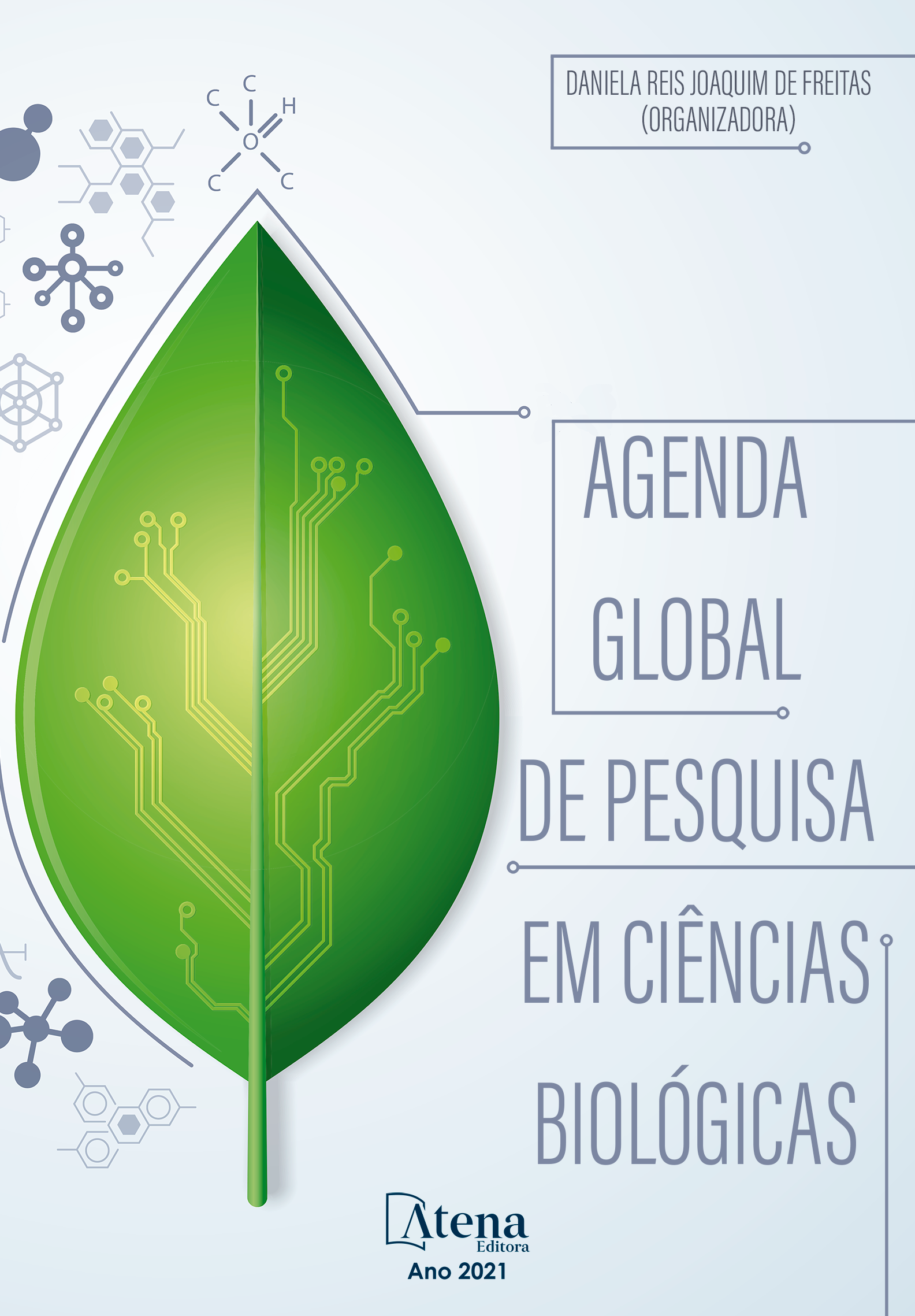
ANÁLISE TEMPORAL DA DISSEMINAÇÃO DE VEGETAÇÃO EXÓTICA EM DUNAS DO LITORAL MÉDIO DO RIO GRANDE DO SUL
Com áreas de alta e extremamente alta importância biológica, o Litoral Médio do Rio Grande do Sul é uma região classificada como prioritária para conservação pelo Ministério do Meio Ambiente. Os principais usos do solo na região são o cultivo de arroz, a silvicultura e a pecuária. Em áreas prioritárias à conservação deve-se conhecer e controlar o uso e a cobertura do solo, e as suas mudanças temporais. Nesse sentido, o sensoriamento remoto pode ser bastante útil. No presente trabalho, buscou-se analisar a cobertura do solo e suas mudanças em áreas de preservação permanente do município de Palmares do Sul. Duas imagens de satélites, Landsat 5 TM de 1984 e Landsat 8 OLI de 2015, foram empregadas para calcular os índices NDVI (Normalized Difference Vegetation Index), que possibilitam classificar e monitorar os tipos de vegetação ao longo do tempo, através de suas diferenças espectrais. As diferenças de valores de NDVI obtidos entre as duas imagens foram analisadas para se comparar a dinâmica temporal dos corpos vegetais na área de estudo. Os valores de NDVI altos obtidos indicaram que em 31 anos houve um aumento de vegetação arbórea exótica, fisicamente diferente da vegetação herbácea ou arbustiva, nativa das dunas, representada por baixos NDVI. Manejo para erradicação e o monitoramento são recomendados para o controle das plantas invasoras nesse ecossistema.
ANÁLISE TEMPORAL DA DISSEMINAÇÃO DE VEGETAÇÃO EXÓTICA EM DUNAS DO LITORAL MÉDIO DO RIO GRANDE DO SUL
-
DOI: 10.22533/at.ed.1472103113
-
Palavras-chave: Plantas invasoras, NDVI, Pinus, áreas de preservação ambiental, sensoriamento remoto
-
Keywords: Invasive plants, NDVI, permanent preservation areas, Pinus, remote sensing
-
Abstract:
The areas of high and extremely high biological importance in the Middle Coast of Rio Grande do Sul have led the region to be classified as a priority for conservation by the Ministry of the Environment. Major land uses in the region are rice cultivation, forestry and livestock. In priority areas for conservation, land use and cover and its temporal changes should be well known and controlled. Towards that, remote sensing could be a very useful tool. In the present work, we sought to analyze the land cover and its changes in permanent preservation areas in the municipality of Palmares do Sul. Satellite images, Landsat 5 TM from 1984 and Landsat 8 OLI from 2015, were used to calculate the NDVI indices (Normalized Difference Vegetation Index), which make it possible to classify and monitor vegetation types over time, through their spectral differences. The differences in NDVI values obtained between the two images were analyzed to compare the temporal dynamics of plant bodies in the study area. The high NDVI values obtained indicated that in 31 years there was an notable increase in the exotic arboreal vegetation, physically different from the herbaceous or shrub vegetation native to the dunes and represented by low NDVI. Eradication management and monitoring are recommended to control invasive plants in this ecosystem.
-
Número de páginas: 13
- Jonas Marmitt Dias
- Gustavo Machado Cauduro
- Katia Helena Lipp Nissinen


